If you ever get a chance, read the history of Blacks.
Why?
Because it’ll show you how strongly and bravely black artists thrived every time somebody tried to silence their voices.
Just like female painters, black painters have gone through several injustices. But they fought like warriors, especially against those who had put barriers in their way.
As one rightly said, there’s no injustice or bias in the world of art. It never discriminated; It’s same for everyone.
A black artist knew that art would never embrace anyone based on their identity, race, color, or religion. But it’d certainly do on the grounds of one’s talent, intentions, and objectives.
They showed their suffering, pain, discrimination, and triumphs through various artworks.
Numerous black artists who changed the world through their work began reforming society and altering views that had nothing to offer but hatred for blacks.
With this, here’s a list of popular black artists who made society a better place to live and encouraged other African-Americans to get into art.
Six Famous Black Painters (Male)
1. Joshua Johnson
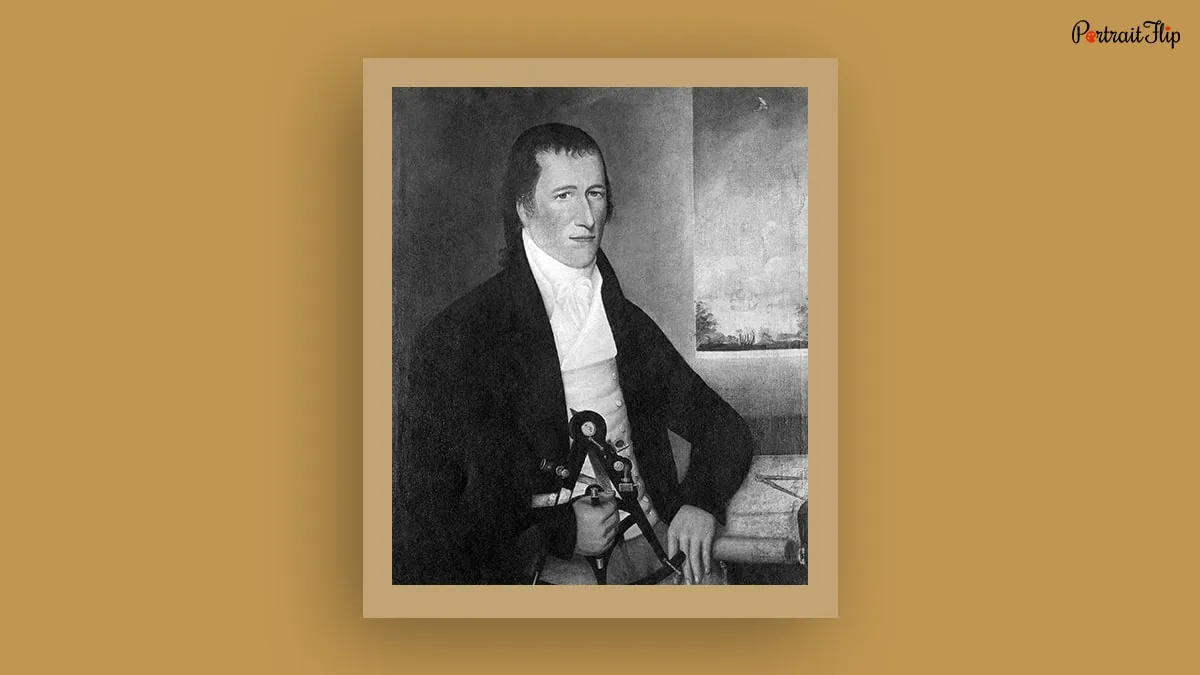
| Born | c. 1763 |
| Died | c. 1824 |
| Nationality | American |
| Known For | Painting |
| Period | Naive art |
| Famous Black Paintings by Joshua Johnson | Portrait of an African American Man (1820), The Westwood Children (c. 1807) |
Joshua Johnson had a rewarding life as a professional black painter.
He produced over 100 portraits depicting scenes from his childhood.
Several reports have been circulated in the public domain discussing his background and personal life.
It was said that Joshua was the son of an enslaved woman and a white man who lived in a destitute state.
He gained his freedom when he turned 19, when another man purchased him from another slave owner.
Joshua was a self-taught black painter whose artwork showcased a Naive art style.
He may have been seen as the first known African American painter, but he was admired for forging a path to create space for other black artists.
(Also Read: 49+ Types Of Paintings Styles And Techniques)
2. Jean-Michel Basquiat
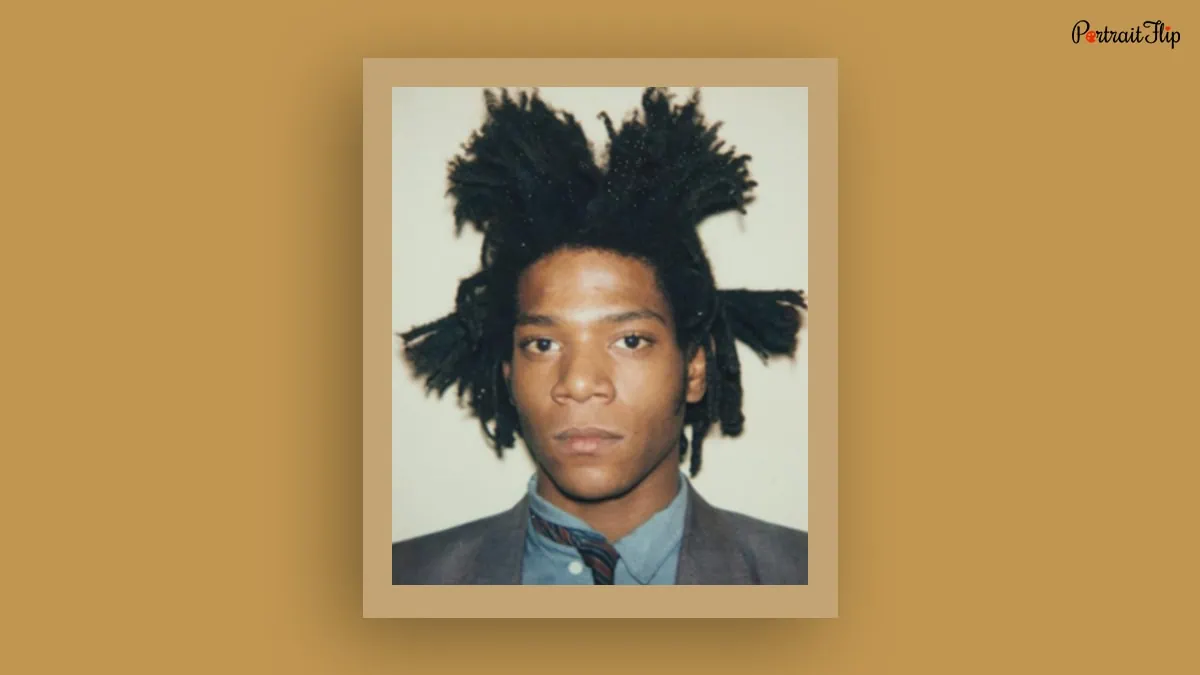
| Born | 22 December 1960 |
| Died | 12 August 1988 |
| Nationality | American |
| Known For | Painting, Drawing |
| Period | Non-expressionism |
| Famous Black Paintings by Jean-Michel Basquiat | Irony of a Negro Policeman (1981), Untitled (boxer) (1982), Hollywood Africans (1983), and Boy and Dog in a Johnnypump (1982) |
Jean-Michel Basquiat is arguably one of the most famous black artists who achieved greatness at a very young age.
At seventeen, he was kicked out of his parent’s house.
In order to survive and continue to work as a painter, he used to take up odd jobs.
His work and dedication came to light in just two years, as he was already working with a decent salary.
Jean had a short professional career, as he died at just 27 years old. He lived like a legend.
Living in hardship, he made it to the top in years, building a name as a popular graffiti artist—also an influential and recognized contemporary black artist.
3. Henry Ossawa Tanner

| Born | 21 June 1859 |
| Died | 25 May 1937 |
| Nationality | African-American |
| Known For | Painting, Drawing |
| Period | French Academic, American Realism, Symbolism, Impressionism |
| Famous Black Paintings by Henry Ossawa Tanner | The Banjo Lesson (1893), The Annunciation (1898), Etaples Fisher Folk (1923), Flight into Egypt (1899) |
Henry Ossawa Tanner is the first black painter to earn world-wide fame.
Before moving to France, he studied in Pennsylvania, where he learned art.
Like other famous black painters, he went through similar trauma—he was rejected by schools several times because of his race.
However, with the support of a few well-known painters, he made it to the Pennsylvania Academy of Fine Arts in 1879.
Henry was heavily influenced by Thomas Eakins, whom he met at the academy.
When he moved to France, he worked for many affluent people, which brought him fame and fortune.
But whatever he had produced—be it religious or landscape artworks—for the French people or its government, it had its existence in works created in Pennsylvania under the influence of Eakins’ works.
4. Kehinde Wiley

| Born | 28 February 1977—to date |
| Died | – |
| Nationality | American |
| Known For | Painting, Sculpting |
| Period | Dutch Golden Age, Renaissance, Neoclassical |
| Famous Black Paintings by Kehinde Wiley | Napoleon Leading the Army Over the Alps (2005), Randerson Romualdo Cordeiro (2008), and Portrait of Barack Obama (2017) |
Kehinde Wiley was known for producing art with a balanced context—which meant he’d use contemporary culture with reference to art history.
His approach to portraiture was quite innovative. There are vivid and naturalistic depictions of African-Americans in his art.
Kehinde Wiley may have worked only on portraits, but his works challenged the dogma that black people were seen as oppressed and ignored in America.
He made several attempts, which, in reality, succeeded to some extent.
But his first groundbreaking move turned out to be when he was commissioned by Barack Obama himself to create an Official Presidential Portrait.
(Also Read: Harlem Renaissance (Migration Story Of 200,000 Black People)
5. Chris Ofili
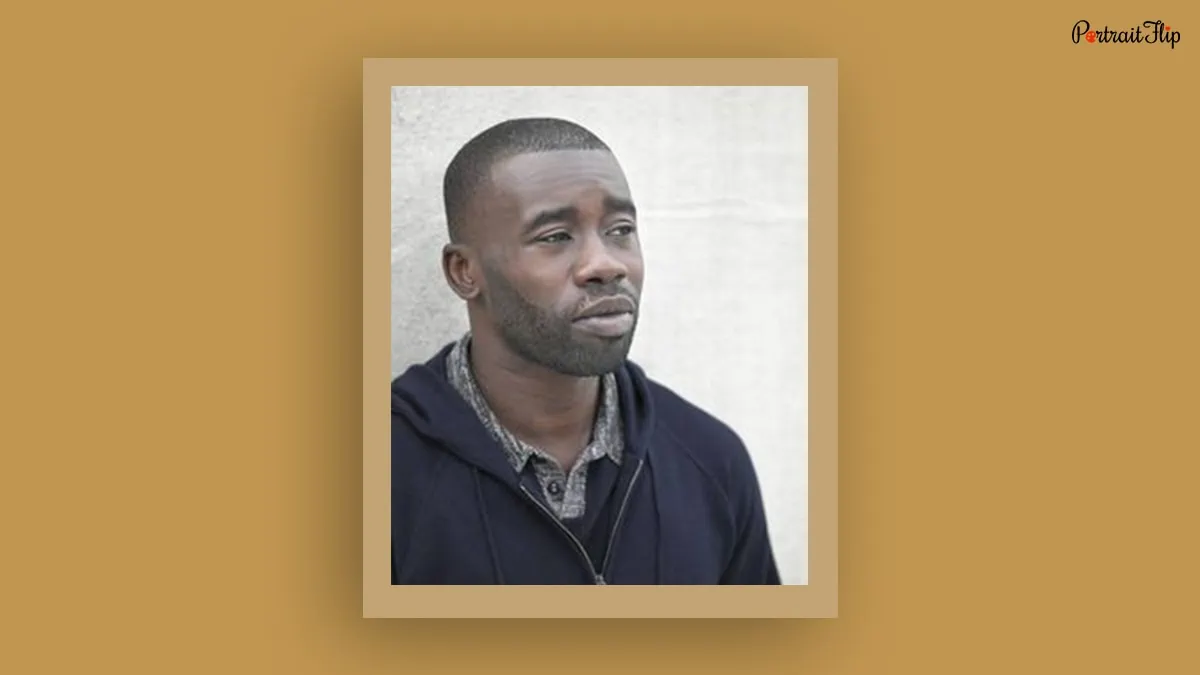
| Born | 10 October 1968—to date |
| Died | – |
| Nationality | British |
| Known For | Painting |
| Period | Contemporary Art, Young British Artists |
| Famous Black Paintings by Kehinde Wiley | The Upper Room (2002), No Woman No Cry (1998), The Adoration of Captain Shit and the Legend of the Black Stars (1998) |
Chris Ofili is one such famous black painter who can never be forgotten.
His innovative approach caught several people’s attention; especially the ones that were made with elephant dung, which he labeled “punk art.”
Christ’s works dragged him into several controversy, but he never abandon the style he believed in.
Because he knew that even in the history of painting, painters became popular with unconventional ideas and approaches, and so would he.
(Also Read: 10 Famous Controversial Artworks)
6. Chéri Samba
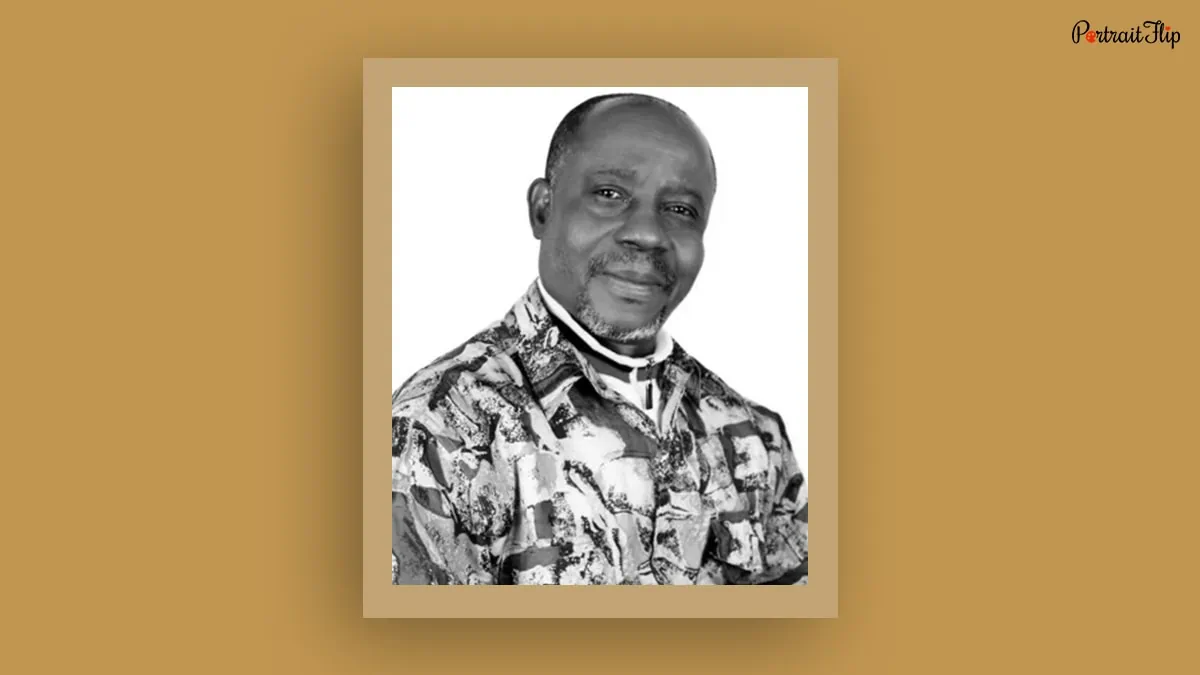
| Born | 30 December 1956—to date |
| Died | – |
| Nationality | Congolese |
| Known For | Painting |
| Period | Contemporary Art |
| Famous Black Paintings by Kehinde Wiley | J’aime la couleur (2003), A Successful Life (1995) |
Cheri Samba is Africa’s most respected painter, whose paintings share a glimpse of his opinions in the Democratic Republic of the Congo.
Cheri Samba, who flourished as a strip and billboard artist, produced and sold some of the world’s most expensive artwork.
In his art, you’ll see various issues covered, such as corruption and AIDS, which are evidently witnessed in African nations.
The black artist may cover different issues, but he tends to keep himself away from any political affiliation. His sole objective was to state his opinions and let viewers form their own.
Five Famous Black Painters (Female)
1. Kara Walker
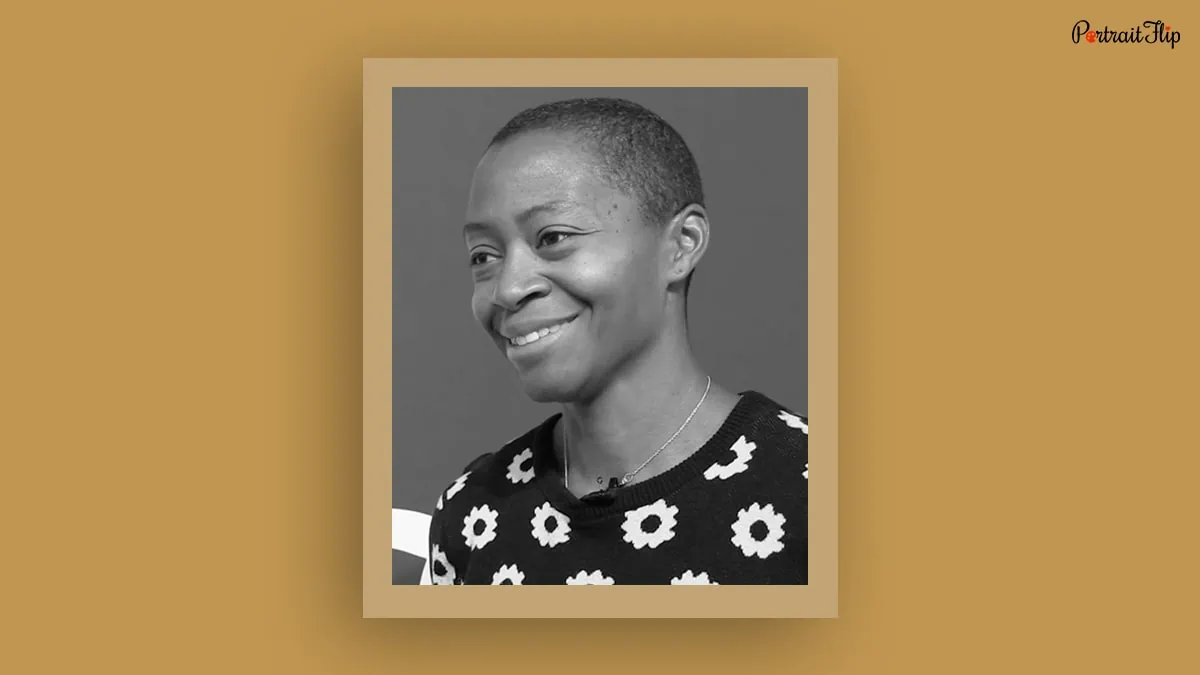
| Born | 26 November 1969—to date |
| Died | – |
| Nationality | American |
| Known For | Painting, Drawing, Film, Puppetry, Animation |
| Period | Contemporary Art |
| Famous Black Paintings by Kehinde Wiley | Darkytown Rebellion (2001), A Subtlety (2014), Untitled (John Brown) |
Karan Walker is arguably the most celebrated black artist, covering subjects such as gender, race, sexuality, and violence.
Like other famous black male painters, she too was from California and was adept at creating silhouettes.
Out of all these historical black artists, she was the only famous female painter who was associated with the avant-garde movement.
She was a genius, talented, and brave black figure who always believed in making an impact through art rather than perfecting her subjects.
2. Wangechi Mutu

| Born | 22 June 1972—to date |
| Died | – |
| Nationality | Kenyan |
| Known For | Collages |
| Period | Contemporary Art, Afrofuturism, Africanfuturism |
| Famous Black Paintings by Kehinde Wiley | Exhuming Gluttony: A Lover’s Requiem (2006), Suspended Playtime (2008) |
Wangechi Mutu is an influential black painter from Kenya and the producer of some disturbing artwork.
Her works covered various issues, from the impact of western commercialism on contemporary African culture to the exploration of the female body.
Out of all her works, the ones that displayed black women’s discrimination received massive attention.
She drew several illustrations as well, reflecting her feminist views—in a way to incite viewers to rethink the objectification of women.
3. Iona Rozeal Brown
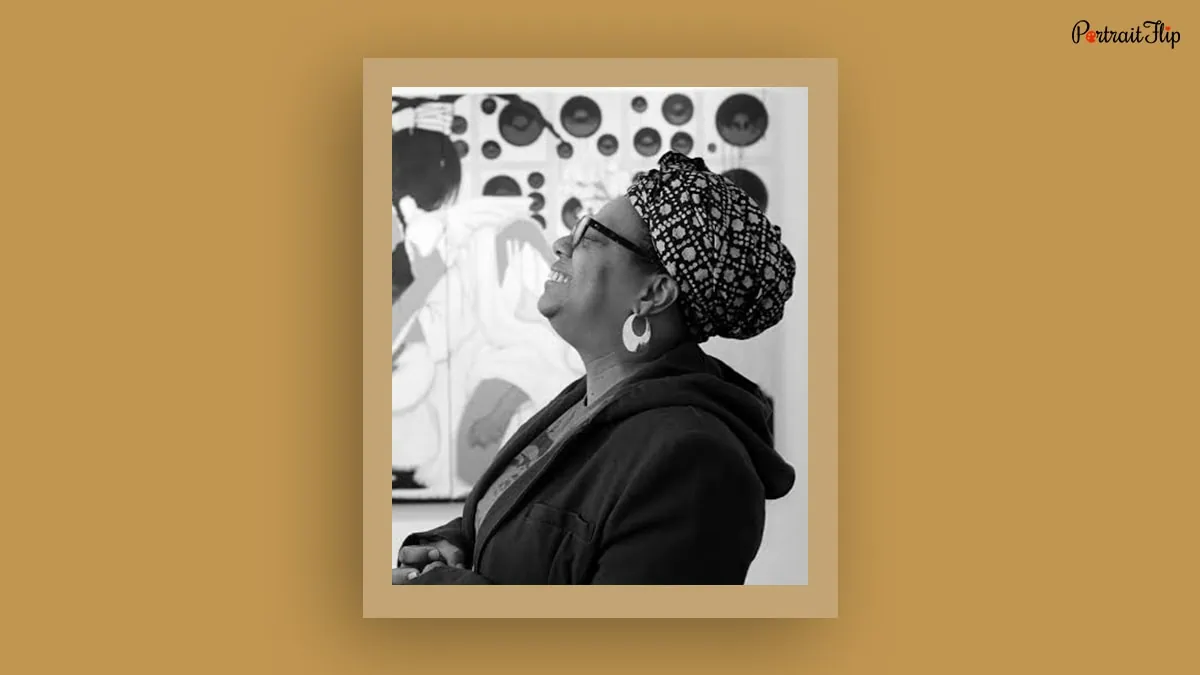
| Born | 1966 in Washington—to date |
| Died | – |
| Nationality | American |
| Known For | Collages |
| Period | Post-Soul Movement |
| Famous Black Paintings by Kehinde Wiley | The Blackface Paintings, Died T, Browndemics |
Iona Rozeal Brown is a legendary black artist and the creator of some of the most-talked-about Japanese art.
Her focus was always on Japanese culture, but her works also demonstrated the relationship of African American culture to others.
Heavily influenced by Japanese artists, Iona’s work had its roots in contemporary hip-hop and the Japanese ukiyo-e genre.
4. Amy Sherald
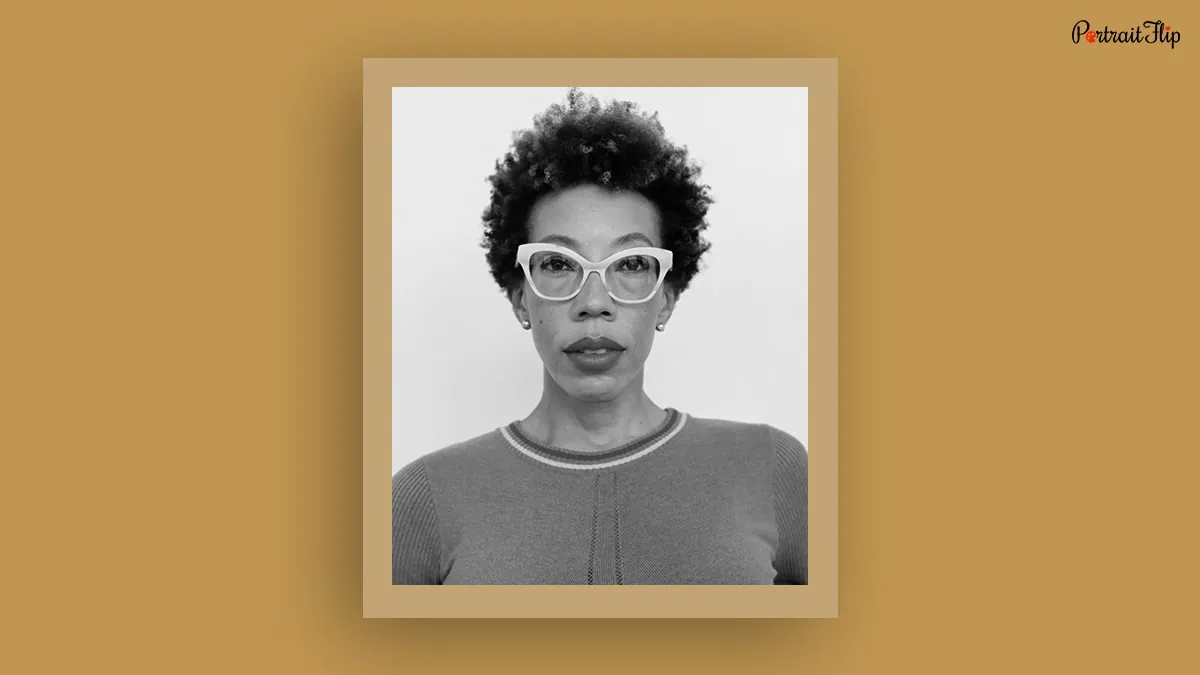
| Born | 30 August 1973—to date |
| Died | – |
| Nationality | American |
| Known For | Paintings and Portraits of Black Culture |
| Period | Realism, Identity Art and Politics |
| Famous Black Paintings by Kehinde Wiley | They Call Me Redbone but I’d Rather Be Strawberry Shortcake (2009), Equilibrium (2012), Miss Everything (2016) |
Amy Sherald studied abstract expressionism, but her style was realistic.
Her fame and success are as close as Kehinde Willey’s, and she has won many prestigious awards.
Amy traveled across the world, understood the intricacies of different cultures, and produced art that conveniently resonated with the masses.
Her work doesn’t necessarily focus on African-American history but rather emphasizes the diversity that can be brought by African American culture.
There’s a long list of accomplishments, but being selected to paint the official portrait of First Lady Michelle Obama has to be at the top.
5. Alma Thomas
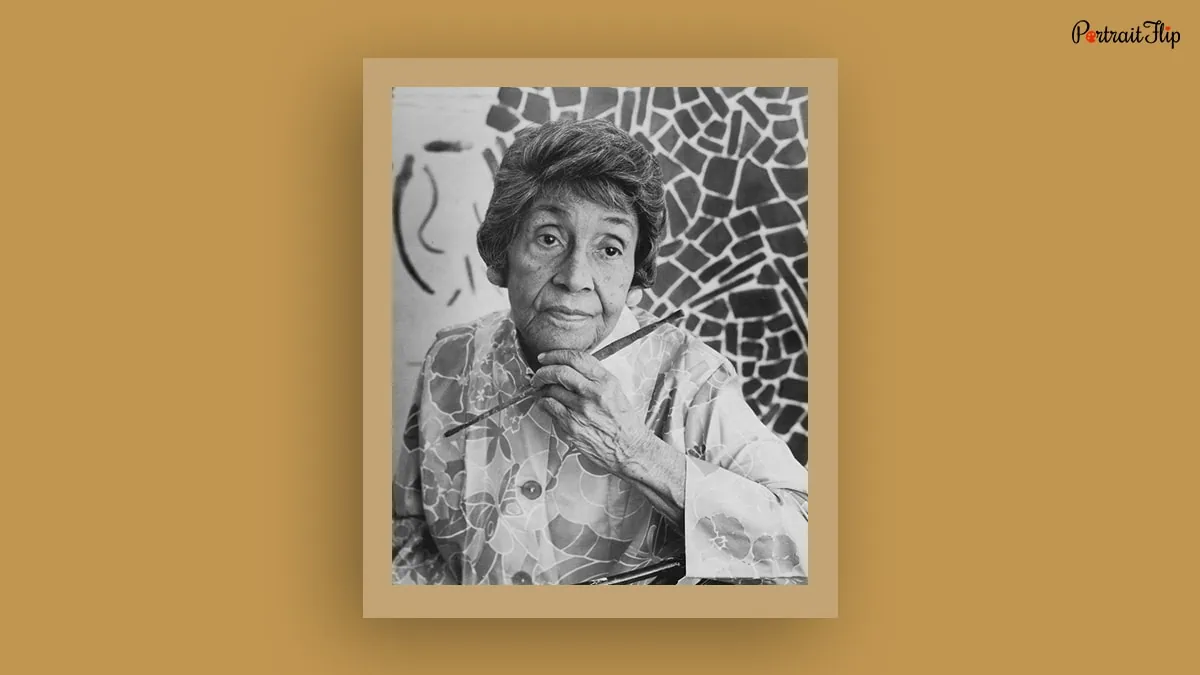
| Born | 22 September 1891 |
| Died | 24 February 1978 |
| Nationality | American |
| Known For | Painting |
| Period | Expressionism, Realism |
| Famous Black Paintings by Kehinde Wiley | The Eclipse (1970), Red Abstraction (1960), Starry Night and the Astronauts (1972) |
Alma Thomas is the most experienced and loved black painter.
Unlike other famous black artists, she never combined political and social elements in her art.
She was a painter and teacher as well, spent 35 years as an art teacher at Washington, D.C.’s Shaw Junior High School.
From realism to abstract expressionism, she worked on different parameters, and never became complacent when it came to work.
To Conclude
Even though times changed and slavery slowly vanished, the African-American community in America is still faced with prejudice.
If there were any changes between the period from Prince Demah to Augusta Savage, it was just the education.
Their recognition? Still lost. Still fighting for it.
Their name? Lost in oblivion in contrast to names like Copley, Dali, De Kooning, etc.
Their plight? Still can be found on every street, on every canvas, and in every drop of paint.
I struggled to find information on these exceptional artists because the whites beat them to it.
Famous black artists today continue to fight the fight that started sometime in 1619, the day their ancestors were loaded in the São João Bautista.
Just through a different medium, through a different voice, for someone out there to listen to their plight.
When one artist falls, three more will rise, to continue fighting because “Black Lives Matter” — they always have and always will.
Help me enter the names of these famous black artists in the annals of art history.
(Please leave a comment for Part-II, loves, because this is not over)
Not just the black art community but the less renowned art community itself suffers today.
Help PortraitFlip and support the artist community by contributing via your love of art.
Artists want people to appreciate what they make, so get a photo to paint made today by us because you are not just supporting art, you are helping it grow.
That’s all she could say…
Hey, there beautiful souls,
If you have read this article, thank you.
If you think it deserves to be shared with the world, please do.
Famous Black Artists from the past, must have their place in art history today, and that is exactly what I have tried to do.
If you have any comments or questions feel free to use the comments section below.
Thank you and God Bless!
FAQs
Henry Ossawa Tanner was the first successful black artist.
Aaron Douglas is believed to be the father of black art.
Kehindey Willey is the most successful black artist of the 21st century because he was the first to paint Barack Obama’s portrait when he served as the 44th president of the United States.
Jean-Michel Basquiat died at 27 due to an overdose of drugs. At that point, he was a huge success, creating a collection of some 600 paintings and 1,500 drawings, inspiring new generations of black artists.


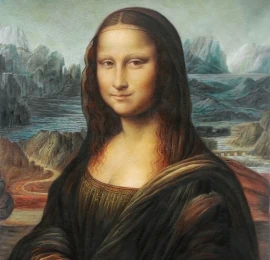
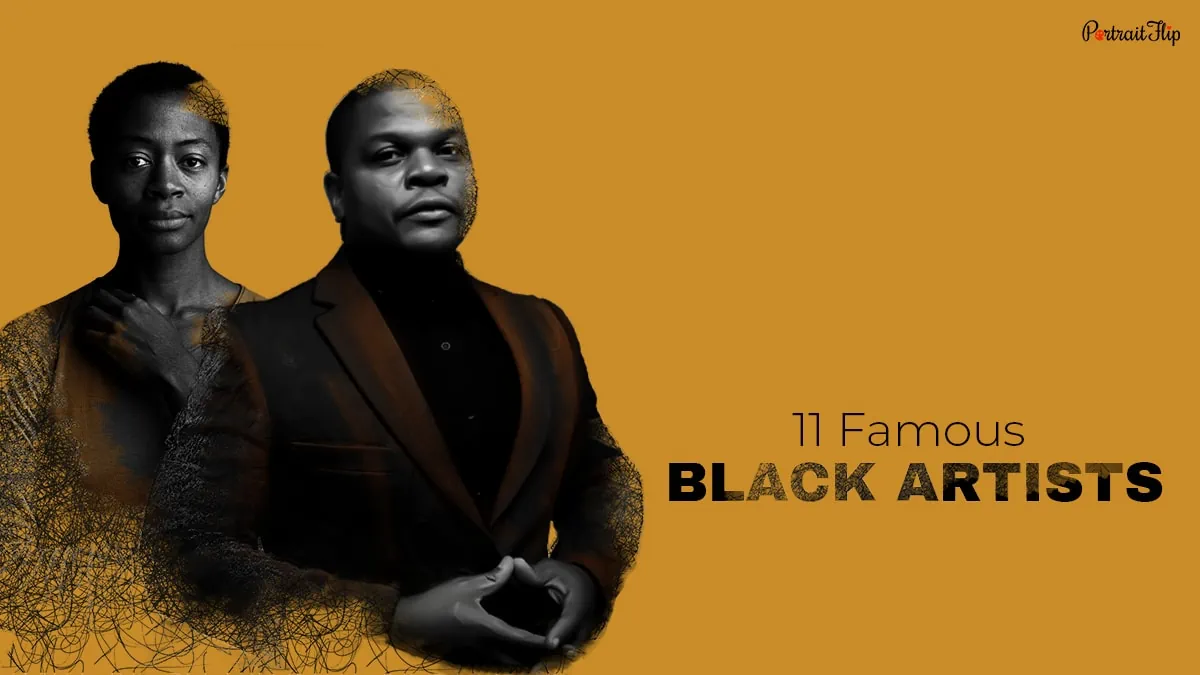
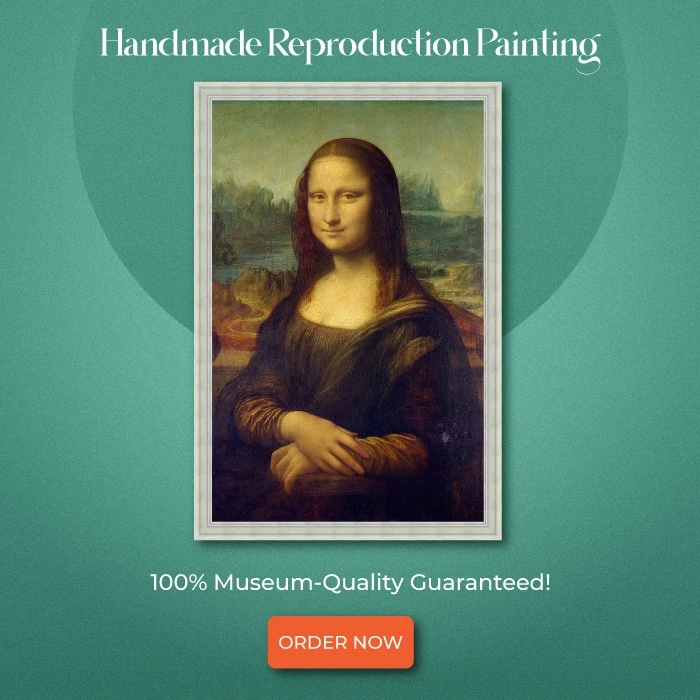

OMG!!!!! thank you such much for this amazing black art history. My name is paul braswell. My art collecting journey began about 25 years ago. OMG!! im in the process of commissioning an african american female artist Latoya Peoples in baltimore to create a mural of famous black artist on my bi fold office closet doors within my home . I google who are the famous black artist. I found this article. Thank you so very much. I commissioned a local baltimore artist african american Tracey Steven to create a mural of Harriet Tubman on my bi fold entrance closet doors. I would luv to send you a pic